- About us
- Support the Gallery
- Venue hire
- Publications
- Research library
- Organisation chart
- Employment
- Contact us
- Make a booking
- Onsite programs
- Online programs
- School visit information
- Learning resources
- Little Darlings
- Professional learning
Elizabeth Read (née Archer c. 1820–1884) had already spent time in prison for offences including drunkenness and being 'lewd and disorderly' when, in 1840, she was found guilty of stealing and sentenced to transportation 'beyond the sea'. She arrived in Hobart in 1841 on the Rajah – a vessel that is legendary by virtue of a patchwork coverlet stitched by the convicts en route. From the 1820s on it had been usual to try to instil 'order, sobriety and industry' in female transportees by supplying them with sewing materials on embarkation. It is extremely rare, however, for the results to have survived. The 'Rajah Quilt' – now in the National Gallery of Australia’s collection – is thus revered by curators, historians and genealogists alike as a tangible link with women who would otherwise have been written out of history.
Read worked as a servant after her arrival in Hobart, but was often punished for disobedience and insolence. She eventually earned her freedom anyway, and in 1850 left with her husband for Victoria. This elegant watercolour portrait indicates that she succeeded in leaving her ignominious beginnings behind her.
Purchased 2019
Elizabeth Read (age 33 in 1853)
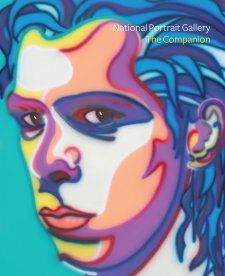
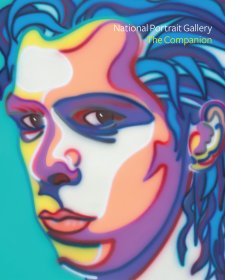
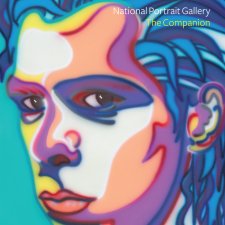
On one level The Companion talks about the most famous and frontline Australians, but on another it tells us about ourselves.
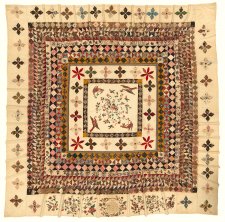
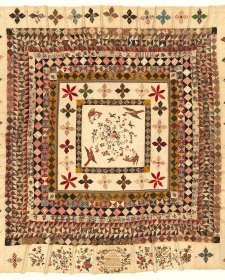
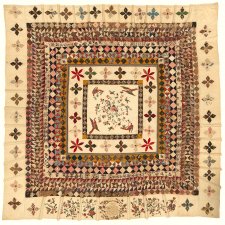
The Rajah Quilt’s narrative promptings are as intriguing as the textile is intricate.
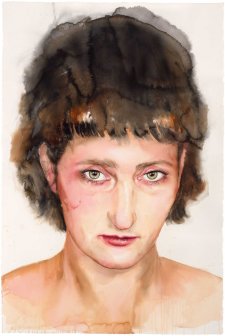
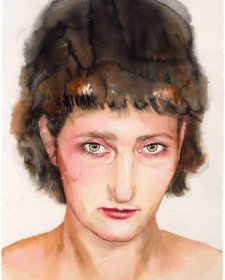

Encompassing the 1820s to the 2020s, Time and Line showcases the depth and extent of our drawing collection.